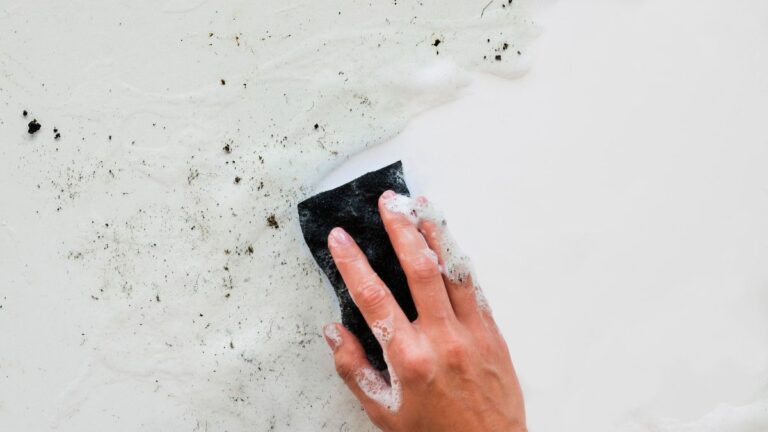Key Takeaways:
- Identifying early signs of mold can save costs and maintain a healthy environment.
- Addressing moisture issues is crucial for mold prevention.
- Professional intervention may be necessary for extensive mold problems.
Identifying mold in your home early can prevent extensive structural damage and protect your health. Mold is a silent invader that often goes unnoticed until it significantly spreads. It might be time for mold removal procedures if you see discolored spots or smelling musty odors. Catching mold in its early stages involves understanding the signs and taking swift action.
The presence of mold affects the physical state of your property and its indoor air quality, potentially leading to respiratory issues and allergic reactions. It is crucial to take proactive steps to identify and eradicate mold as soon as possible.
Signs You May Have Mold in Your Home
Visible Discoloration
Mold manifests as various colored spots, such as black, green, or white, commonly found on walls, ceilings, and floors. While these discolorations might appear harmless, they indicate a favorable environment for mold growth. Regularly inspecting areas with high moisture, like bathrooms and basements, can help detect these spots early.
Musty Odors
A persistent musty or earthy odor is a strong indication of mold, often noticeable before any visible signs surface. These smells result from the volatile organic compounds (VOCs) mold emits as it grows. If frequent air freshening fails to resolve persistent odors, mold might be the hidden culprit.
Health Symptoms
Mold can trigger allergies and respiratory conditions, manifesting as sneezing, coughing, congestion, and skin irritation. If these symptoms alleviate when you’re away from home, indoor mold might be the cause. Consulting healthcare providers and assessing indoor air quality can offer insights into potential mold-related health issues.
Preventing Mold Growth
Control Moisture Levels
Moisture is the primary catalyst for mold growth. Fixing leaks, improving airflow, and using dehumidifiers in damp areas can significantly reduce mold risk. Additionally, ensuring outdoor gutters drain water away from the house reduces moisture infiltration into basements and crawl spaces.
Regular Cleaning and Maintenance
Regular cleaning, especially in damp areas, prevents mold spores from settling and growing. Using mold-resistant cleaning products in kitchens and bathrooms creates an extra barrier against mold.
Ventilation Improvements
Effective ventilation reduces indoor humidity. Regularly airing out rooms, using exhaust fans during cooking and bathing, and ensuring appliances vent outside can help maintain ideal humidity levels. The EPA basics on mold can be a helpful resource for understanding more about managing indoor air quality.
By taking these essential steps, you can keep your home inhospitable to mold growth and ensure a safe, healthy environment. If you encounter persistent mold issues, consider mold remediation the best course of action. Professional remediation services can identify hidden mold sources and implement thorough removal strategies to prevent recurrence.
When to Consider Professional Help
Understanding the Severity
If mold covers more than ten square feet, professional intervention is advised. Large infestations require specialized equipment and expertise to remove effectively. DIY removal attempts might fail to eliminate spores, risking regrowth and prolonged exposure.
Choosing the Right Professionals
Professional mold remediators perform comprehensive inspections, identifying visible mold and hidden moisture sources. They assess the extent of growth, implement a removal strategy, and provide recommendations for long-term prevention. Seeking experienced and certified professionals ensures effective remediation and peace of mind.
Conclusion
Being vigilant about recognizing signs of mold and taking preventive measures can safeguard your home and health. Addressing moisture, maintaining good ventilation, and responding swiftly to mold indicators are the cornerstone of effective mold management. While minor mold issues can often be tackled with routine care, extensive infestations benefit from professional expertise. Keeping these factors in check will ensure your home remains a healthy space for you and your family.

